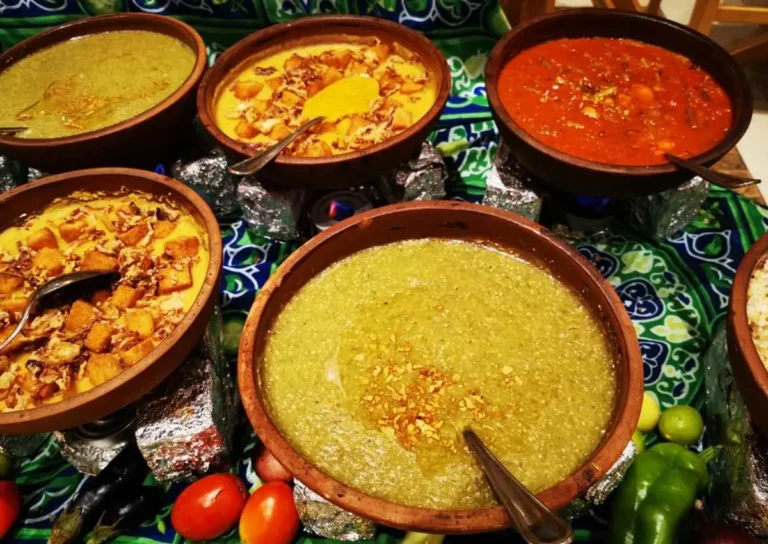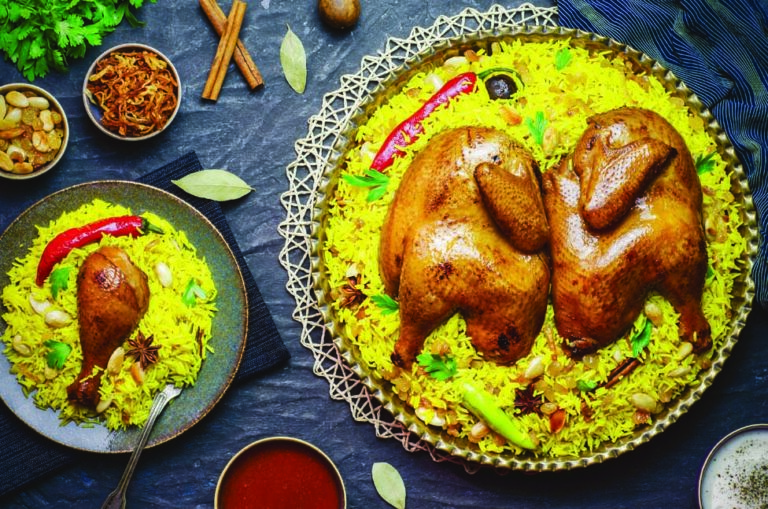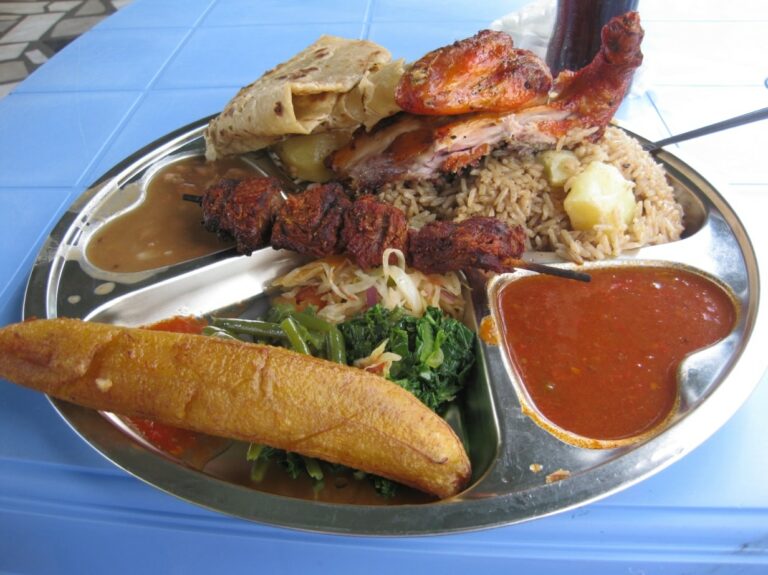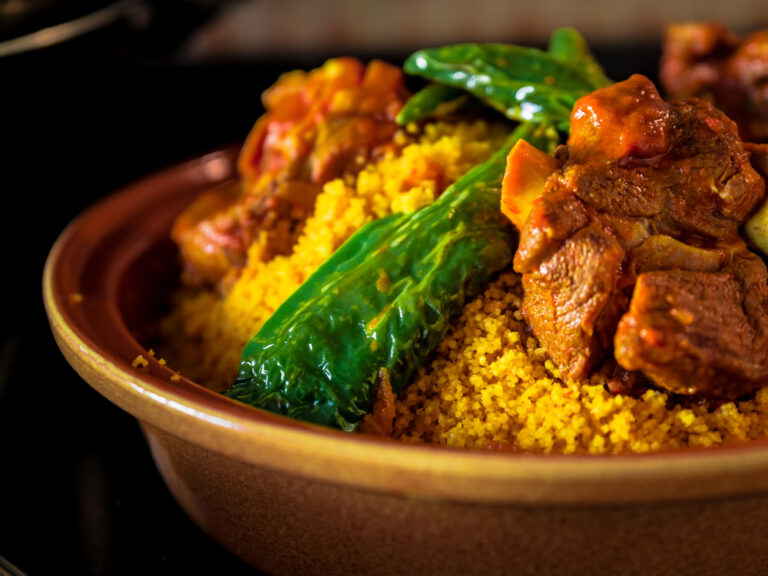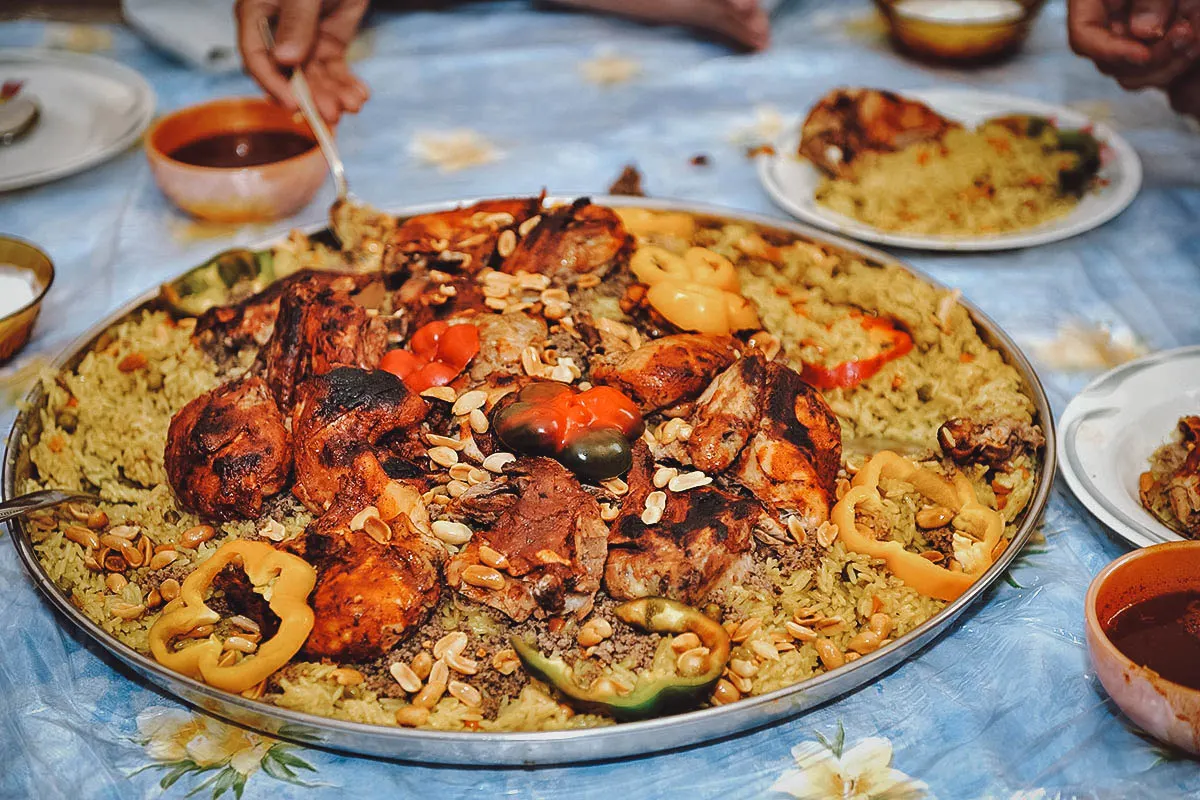Introduction: Understanding Chadian Cuisine
Chadian cuisine is a blend of diverse influences from its neighboring countries and its colonial past. The cuisine is predominantly based on grains, meat, and vegetables. The key ingredients in Chadian cuisine are millet, sorghum, rice, maize, fish, and meat. The country has a rich culinary heritage that is deeply rooted in its history, culture, and geography.
Arab Influence: A Historical Perspective
Chad’s geographical location has made it a melting pot of diverse cultural influences over time. The Arab influence on Chadian cuisine can be traced back to the 8th century when the Arab empire spread across North Africa and penetrated the Sahel region. The Arab traders who settled in Chad introduced spices and flavors that have become an integral part of Chadian cuisine. Some of the notable Arab dishes that have influenced Chadian cuisine include couscous, tagine, and shakshuka. The spices used in Arab cuisine, such as cinnamon, cumin, and coriander, are commonly used in Chadian dishes.
French Influence: The Colonial Legacy
The French colonizers introduced their culinary practices to Chad during their occupation of the country from 1900 to 1960. The French influence is evident in the use of bread as a staple food, which is not typically a part of traditional Chadian cuisine. The French also introduced wine, cheese, and other dairy products to the Chadian palate. The French influence on Chadian cuisine is also manifested in the use of sauces and marinades, which are commonly used in French cuisine.
The Spices of Chadian Cooking
Spices are an integral part of Chadian cuisine, and they are used to add flavor, color, and aroma to dishes. Some of the commonly used spices in Chadian cooking include ginger, garlic, black pepper, and chili pepper. The Arab influence on Chadian cuisine is evident in the use of cinnamon, cumin, and coriander, while the French influence is evident in the use of thyme, rosemary, and parsley.
Staple Foods in Chadian Cuisine
Millet and sorghum are the main staple foods in Chadian cuisine. These grains are used to make porridge, couscous, and bread. The grains are also used to make a traditional drink called “bouza,” which is a fermented millet drink that is served cold.
Meat and Fish Dishes in Chadian Cooking
Meat and fish are a significant part of Chadian cuisine. Beef, goat, and lamb are the most commonly consumed meats, while fish is popular in the southern part of the country. Some of the popular meat dishes include “dama,” a beef stew; “salmiya,” a goat or lamb stew; and “bouille,” a meat and vegetable soup. Fish dishes include “ndole,” a type of catfish, and “salam,” a smoked fish dish.
Popular Chadian Desserts and Beverages
Chadian desserts are typically made from fruits, nuts, and grains. Some of the popular desserts include “bua,” a sweet porridge made from millet, and “sorrel,” a drink made from hibiscus flowers. Another popular beverage is “karkanji,” a drink made from hibiscus flowers and ginger.
Chadian Culinary Experiences: A Must-Try!
Chadian cuisine is a rich and diverse culinary experience that is a must-try for anyone visiting the country. The country’s unique blend of Arabic and French influences, combined with its traditional cooking practices, makes for an exciting culinary adventure. Some of the best places to experience Chadian cuisine are the local markets and restaurants, where traditional dishes are prepared and served daily. Visitors are sure to find an array of flavorful and aromatic dishes that will leave them wanting more.


